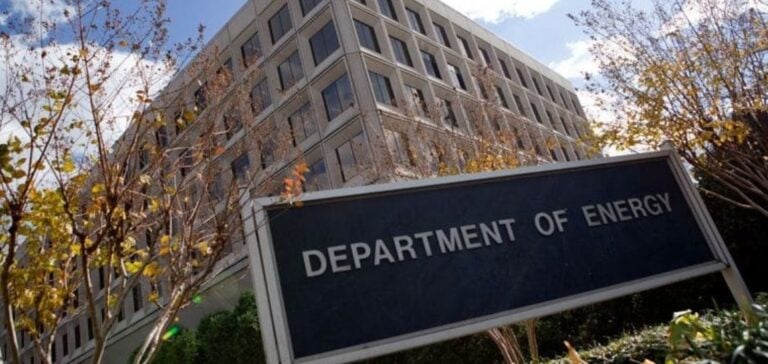The U.S. Department of Energy (DOE) has revealed its new strategy for fusion energy in 2024, marking a key milestone in the realization of the U.S. Bold Decadal Vision for Commercial Fusion Energy. This ambitious plan aims to close the scientific and technological gaps to achieve a commercially viable pilot plant, pave the way for a sustainable and equitable deployment of fusion energy, and build strong external partnerships.
DOE Strategic Objectives
The DOE’s 2024 strategy is built around three main pillars. The first is to bridge the gaps in science and technology to develop a commercially viable pilot fusion power plant. This includes advances in high-temperature superconductors, advanced materials and artificial intelligence. The second pillar aims to pave the way for the sustainable and equitable deployment of fusion energy, ensuring that the benefits of this technology are available to all. Finally, the third pillar focuses on building and strengthening external partnerships, particularly with the private sector.
Initiatives and Financing
As part of this strategy, the DOE has also announced a $180 million funding opportunity for FIRE (Fusion Innovative Research Engine) Collaboratives. These collaboratives aim to create a fusion innovation ecosystem by forming teams that will link fundamental scientific research with the needs of the fast-growing fusion industry. The FIRE Collaboratives will serve as dynamic centers of innovation, strengthening U.S. supply chains and manufacturing, while fostering advances in fusion energy research. The DOE also unveiled a new vision entitled Building Bridges, which will be coordinated with the Fusion Strategy 2024 to guide future investment in fusion energy research, development and demonstration. This vision includes the development of a national fusion science and technology roadmap, designed to address the “how” and “when” questions to close the critical gaps to commercially relevant fusion pilot plants.
Involvement of the private and public sectors
In addition to the strategy and vision, the DOE announced that all eight selected have signed agreements to participate in the Milestone-Based Fusion Development Program. This program is designed to catalyze additional private investment in fusion commercialization and help companies solve critical challenges on the road to pilot-scale fusion energy demonstration. The DOE has also launched a request for information on a proposed Fusion Energy Public-Private Consortium Framework. This framework aims to complement the Milestone Program and the FIRE Collaboratives by catalyzing and bringing together state, local, private and philanthropic funding, as well as new partnerships to accelerate the commercialization of fusion.
These initiatives demonstrate DOE’s commitment to keeping the U.S. at the forefront of the global fusion energy race. By investing in basic research, stimulating public-private partnerships and supporting technological innovation, the DOE seeks to transform fusion energy into a clean, safe and abundant source of power for the future. The realization of this vision could revolutionize the global energy landscape, offering a sustainable solution to today’s energy and climate challenges.






















